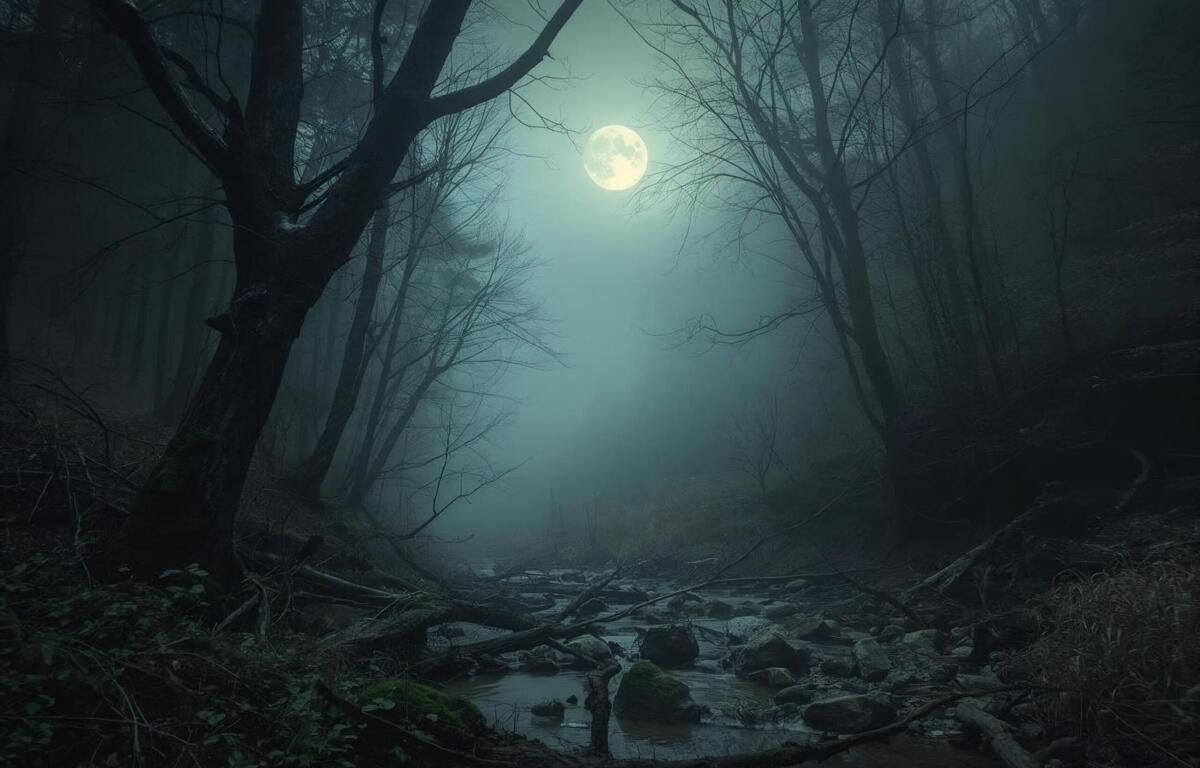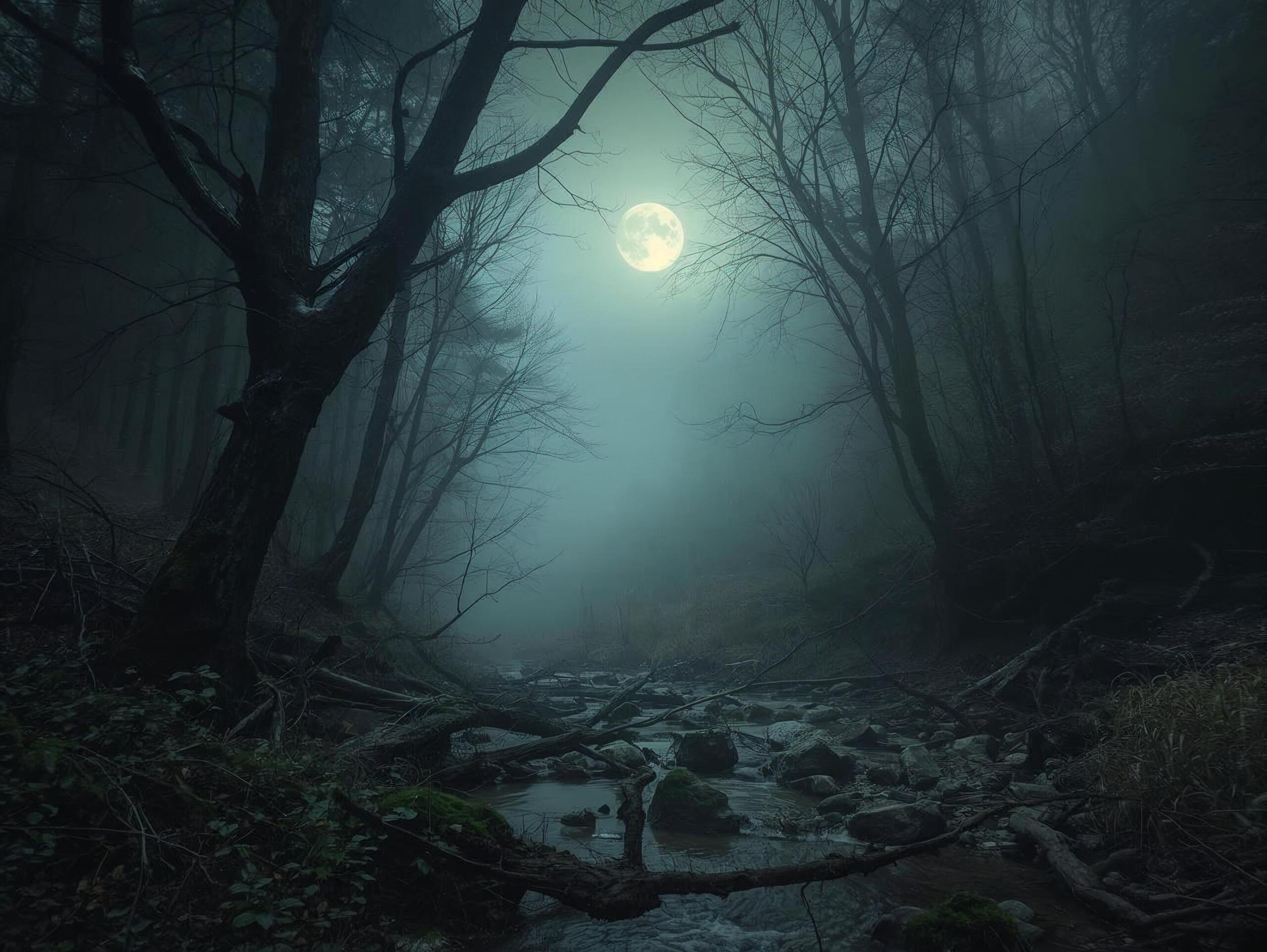EDITOR’S NOTE: Strangeville explores the legends, folklore, and unexplained history of Western North Carolina. From Cherokee mythology and Appalachian ghost stories to Bigfoot sightings and UFO encounters, the Blue Ridge Mountains have long been a hotspot for the strange and mysterious. Join us as we dig into the past and uncover the truth behind the region’s most curious tales.
WAYNESVILLE, N.C. — In the Balsam Mountains of western North Carolina, locals tell of a creature called the Boojum. The story places him on Eaglenest Mountain in Haywood County near Waynesville, where a grand resort called the Eagle’s Nest Hotel opened in 1900. Records show the hotel burned in 1918, leaving only ruins on the mountainside.
According to legend, the Boojum was neither fully man nor beast. He was said to stand seven or eight feet tall, covered in shaggy gray hair from head to toe except for a humanlike face. He roamed the ridges, hoarding gemstones found in the mountains and hiding them in caves. Some stories say he kept them in old liquor jugs. People claimed he watched women bathe in mountain streams, startling most into fleeing. One woman named Annie did not.
That story says Annie looked into the Boojum’s sorrowful eyes and fell in love. She left her family to live with him deep in the woods. The two developed a strange call, a sound somewhere between a monkey’s cry and an owl’s hoot, which Annie used to call for Boojum when he wandered off in search of gems. He answered her from across the ridges. The legend says their hollering gave rise to the word “hootenanny,” though language historians have never confirmed that connection.
Parts of the tale can be tied to fact, while the rest remains folklore. Eaglenest Mountain and the Eagle’s Nest Hotel were real, built by businessman S.C. Satterthwait at the turn of the 20th century. The hotel became a popular summer escape for tourists drawn to the cool mountain air. Beyond that, the Boojum himself exists only in local memory and imagination.
Writers and historians suggest the story may have been shaped by early tourism promotion, which often used mountain myths to attract visitors. The Boojum became part of that tradition, a colorful piece of folklore that linked mystery, romance and the beauty of Western North Carolina. He was sometimes described as the region’s version of Bigfoot, though his story focused more on loneliness and love than fear.
Hikers who wander deep into the Balsams still say that on quiet nights they hear a strange call echo through the trees. For those who grew up with the legend, it is the sound of Boojum calling back to Annie, a love story carved into the mountains that refuses to fade.







